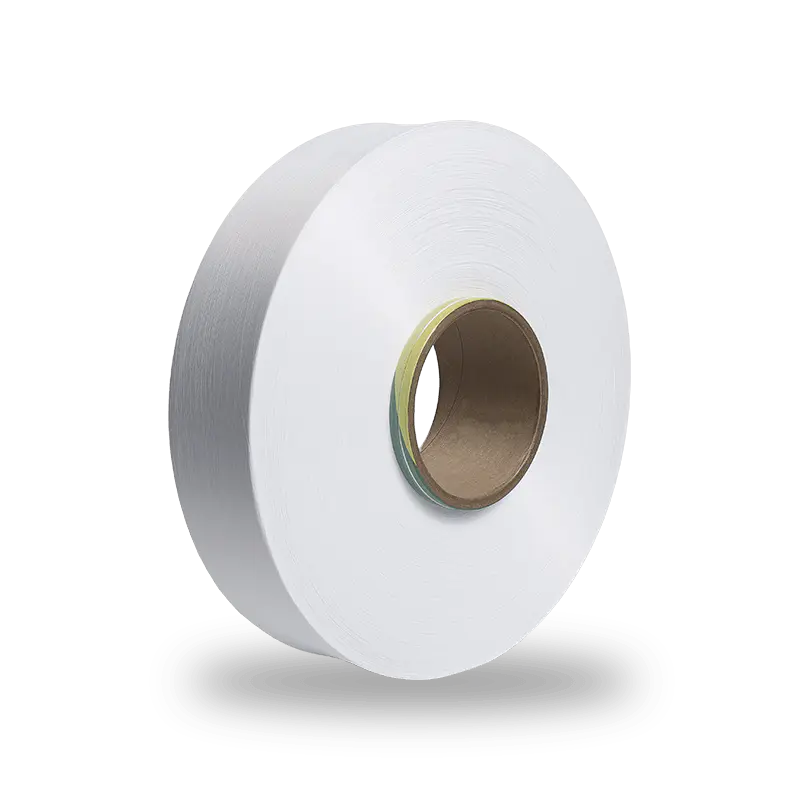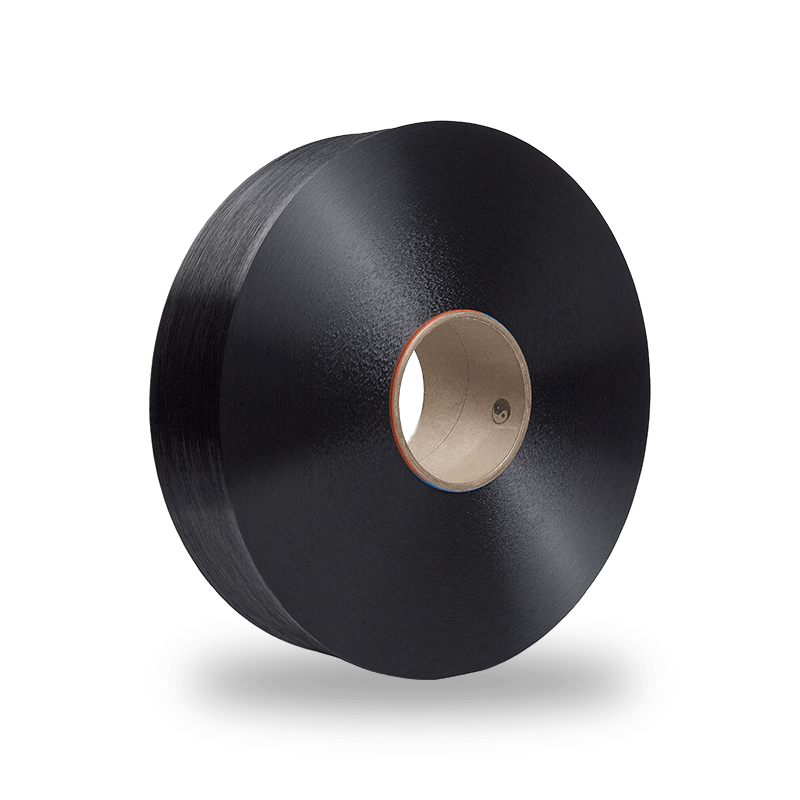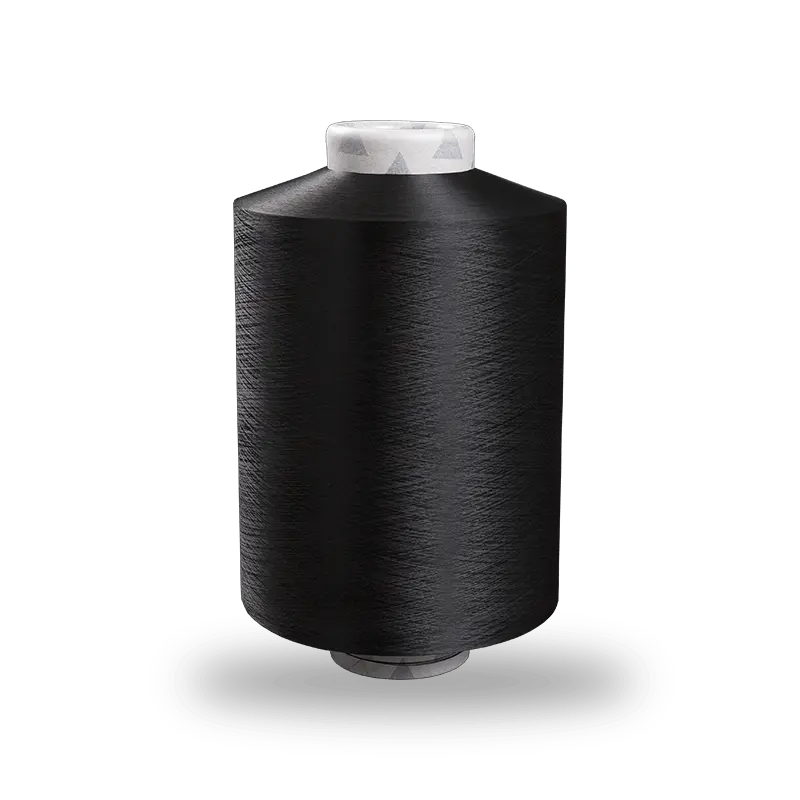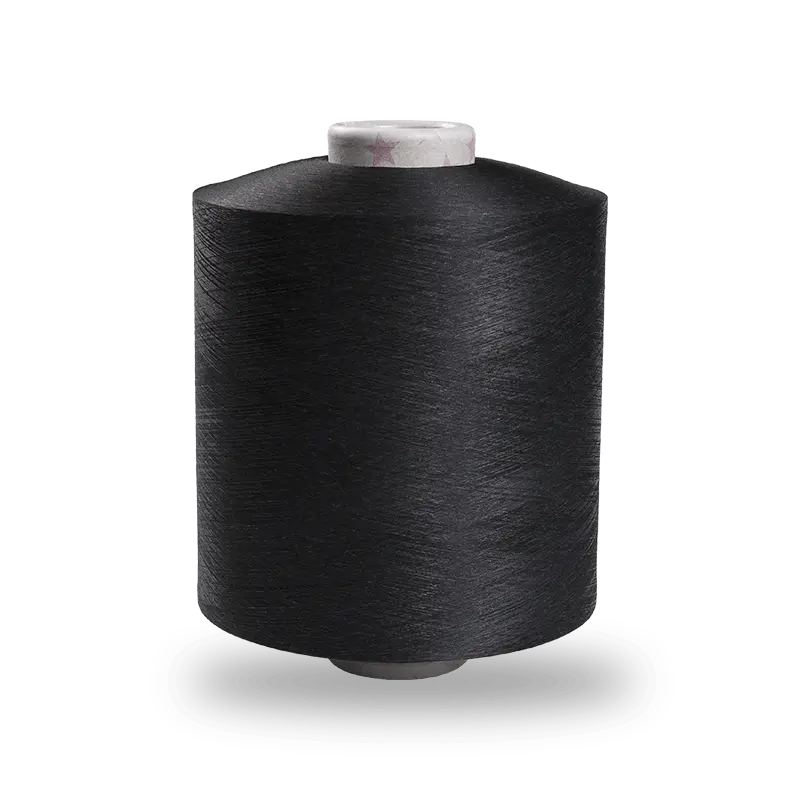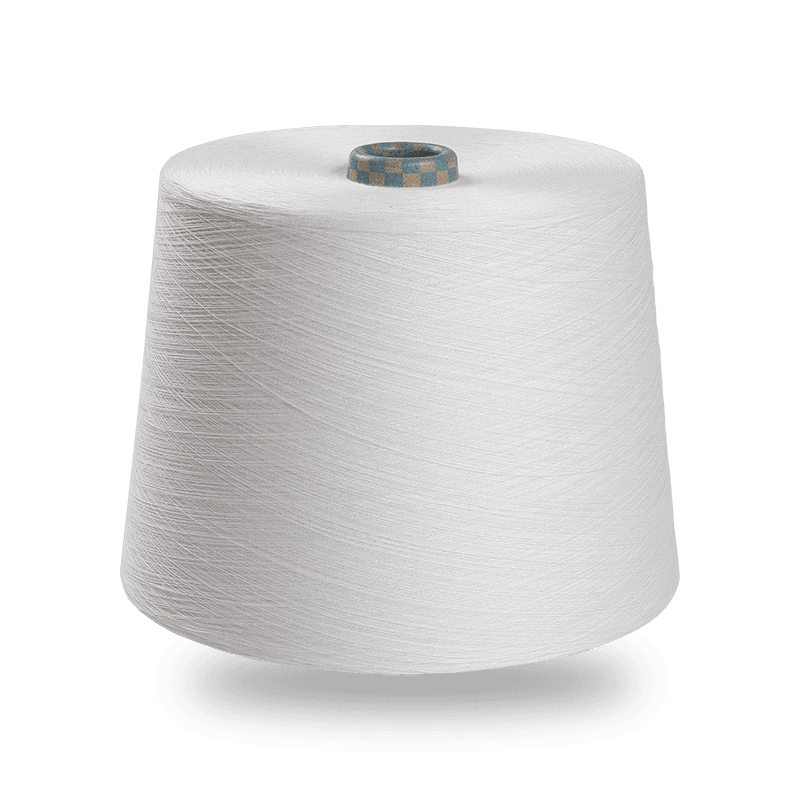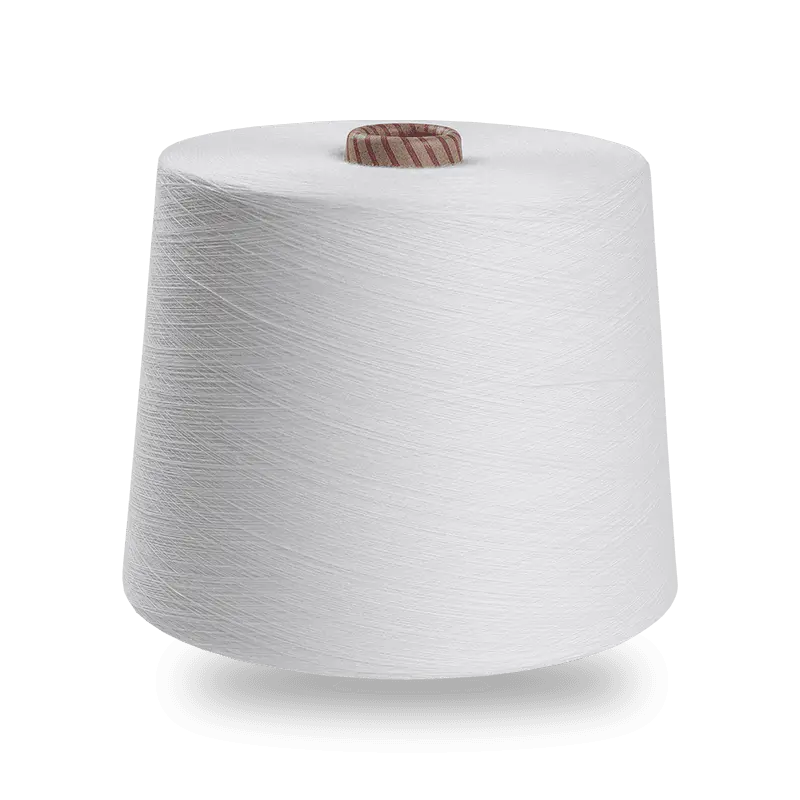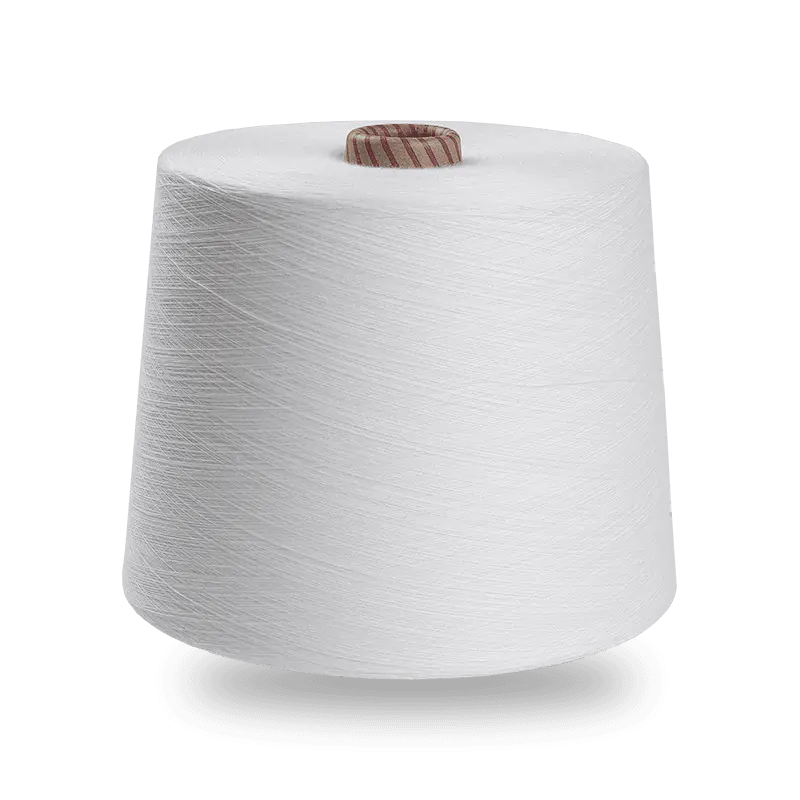In textile engineering, fiber blending is more than just mixing—it’s about precision, performance, and purpose. Among various combinations, acrylic and viscose fibers form a complementary partnership, especially when processed using the Siro spun yarn technique. This spinning method, which twists two rovings simultaneously before winding, brings out the best of each component, creating a yarn that performs well in both weaving and knitting scenarios. The addition of acrylic to viscose-based blends introduces specific functional enhancements that go beyond what either fiber could achieve on its own.
Acrylic’s key contribution lies in its elasticity and loft, which balances the natural drape and moisture-absorbing characteristics of viscose. Pure viscose yarn tends to offer a soft hand feel and excellent breathability, but it can sometimes lack resilience, especially in garments that undergo repeated wear or washing. The acrylic component helps offset this by adding dimensional stability and improved shape retention. When used in Siro spun yarns, where fiber orientation is more controlled than in ring-spun yarns, the resulting structure further supports durability without compromising comfort.
One of the most tangible advantages in this blend is warmth retention. Acrylic fibers are known for their thermal insulation, and when blended into Siro yarns with viscose, they allow for lightweight fabrics that maintain warmth without requiring bulk. This makes the blend especially suitable for transitional-season garments, where users want breathability with a hint of insulation. It’s a functional sweet spot that designers appreciate, especially in layering pieces or spring and autumn outerwear.
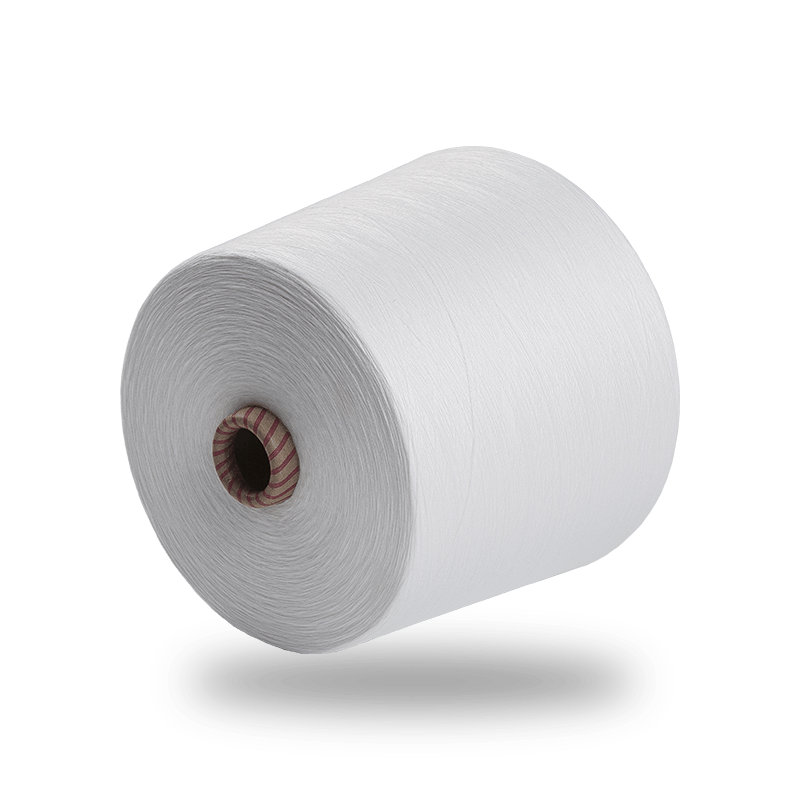
Another benefit is related to dye performance. Acrylic fibers are receptive to cationic dyes, while viscose takes well to reactive dyes. When combined in a well-calibrated blend, Siro spun yarns can achieve unique visual effects such as heathered or mélange appearances without relying on post-processing techniques. For manufacturers targeting fashion-forward fabric development, this opens up opportunities to create differentiated textile products with aesthetic appeal already embedded at the yarn stage.
Siro spinning also plays a role in minimizing fiber fly and enhancing evenness, which is especially useful when handling blended yarns that include synthetic fibers. Acrylic, being lightweight and smooth, can sometimes be prone to shedding in open-end or conventional spinning systems. But in a Siro spun setup, the tighter control over fiber twist and alignment reduces this issue significantly. The result is a cleaner yarn surface with less hairiness—ideal for high-efficiency weaving and knitting applications that demand fewer interruptions and better fabric consistency.
In the context of commercial fabric production, this blend brings both processing and performance advantages. Knitters and weavers can expect better runnability and fewer defects, while end-users enjoy a soft yet structured finish. These properties make acrylic-viscose Siro spun yarn a smart choice for items such as lightweight sweaters, casual wear, scarves, and soft furnishings, where comfort and appearance must go hand in hand. It’s a practical solution backed by material science and refined spinning techniques.
For buyers seeking customized yarn blends, we offer flexible production to match target specifications, whether it's a 70/30, 50/50, or other blend ratio. Our facility utilizes leading spinning technology to ensure the consistent quality that Siro spun yarn is known for, and our team can work with you to adjust parameters like yarn count, twist level, and fiber ratio based on your end-use requirements. It’s this combination of technical control and production capacity that allows us to support OEM projects at scale.
We welcome inquiries from customers looking to develop functional, blended yarns that don’t compromise on comfort or durability. With extensive experience in rayon and acrylic fiber handling, and a strong track record in Siro spinning, we’re here to help you bring high-performance yarns to market efficiently. Let’s create something that works beautifully—both in the mill and in the finished garment.


 English
English 中文简体
中文简体 Español
Español عربى
عربى
